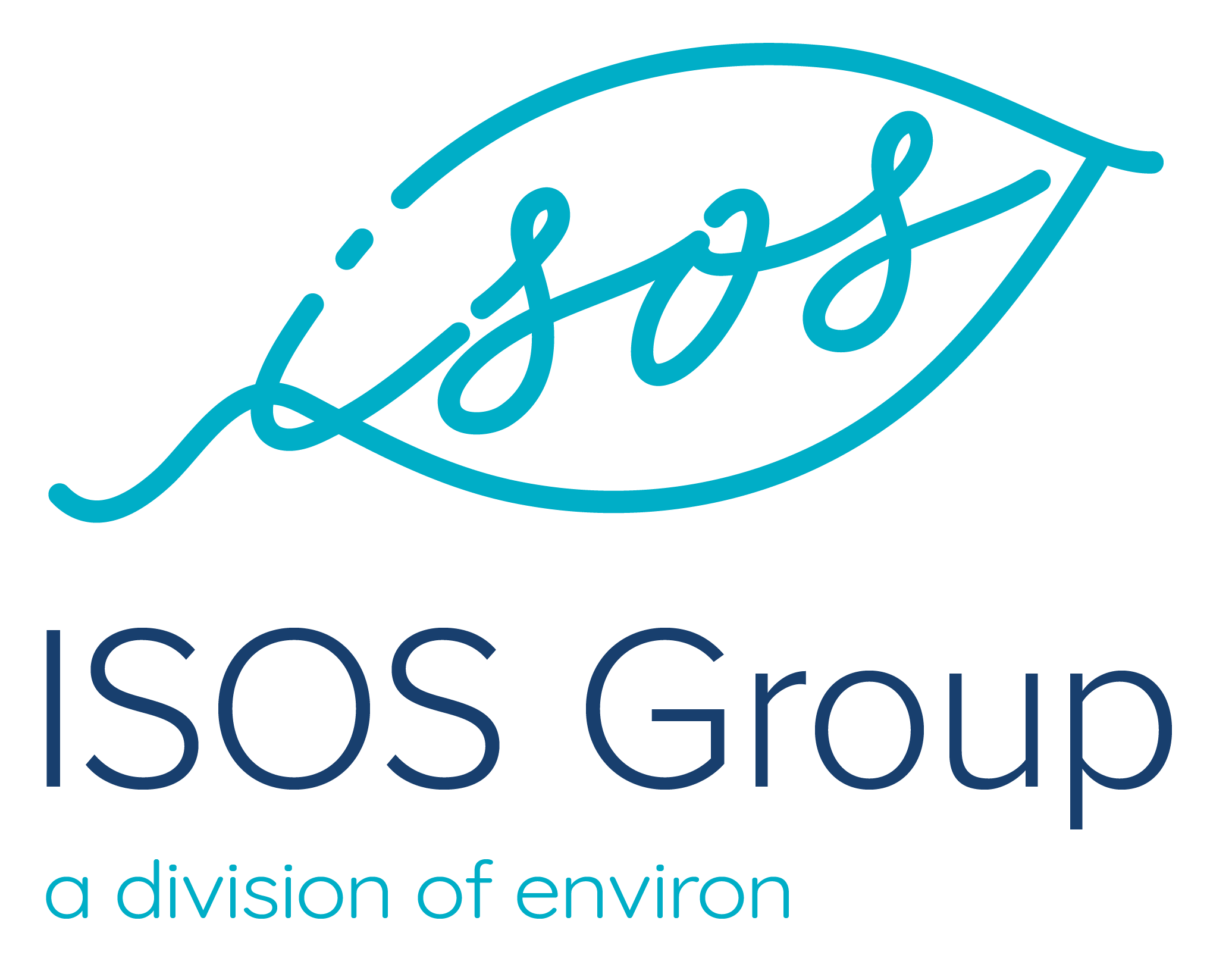Solving Environmental Challenges – Where Does the Supply Chain Fit?
By Dr. Gwendolyn White, ISOS Group Lead Trainer
The world is facing many economic, environmental and social challenges. Record-high temperatures and social unrest are making the news every day. Although environmental impacts from industrial and commercial activities have been increasing for decades, these news stories reinforce the immediate need for solutions to address climate change and social issues. Companies are at the forefront of both the problems and solutions. The pressure from public and private investors, national and international governments, and customers is on companies to reduce their environmental impacts. Reducing greenhouse gas (GHG) emissions by companies and governments is a top priority of policymakers because of the direct relationship to increased severe weather events around the world.
Companies increasingly are being asked to measure and disclose their emissions along their entire value chain, which includes upstream in their supply chain, their operations and downstream with product distribution and customer use. Acquiring accurate and reliable data is key to enabling effective decisions to reduce a company’s impacts. In many cases, companies find that the bulk of their emissions happen not in their operations but upstream in their supply chain and downstream with their customers. Demands for information in many cases have become mandatory. Larger companies will be complying with new U.S. laws (e.g., SEC (Securities and Exchange Commission) Enhancement and Standardization of Climate-Related Disclosures for Investors and Federal Supplier Climate Risks and Resilience Rule) and European legislation (e.g., Corporate Sustainability Reporting Directive) that require companies to disclose environmental and social metrics on their operations and in their supply chains.
If your company is part of a larger supply chain, you will be affected. Some larger companies, such as Microsoft and WalMart, to name a few, have already established environmental criteria for selecting their suppliers. These requirements often involve environmental management systems, chemical content of materials, waste management, spill prevention, health and safety, and reporting. Suppliers for a large company can be diverse and at various stages of environmentally responsible practices. For many at the beginner level, their first steps are awareness of environmental impacts, legal requirements, and compliance with environmental regulations.
Beyond the beginner stage, companies usually progress to more proactive environmental sustainability management processes and continuous improvements. All of which starts with data. A systematic approach, such as the implementation of an environmental management system (EMS), makes it easier for the company to work with environmental improvements on a strategic level. Understanding non-financial reporting mechanisms also comes into play when disclosing greenhouse gas emissions detail, assessing climate-related risks, establishing decarbonization strategies and striving for carbon reduction targets.
Where is your company in its environmental practices journey and ability to provide information to your customers? Is your company aware of the data needed for specific sustainability reporting frameworks/standards, such as GRI (Global Reporting Initiative), CDP (formerly known as the Carbon Disclosure Project), ISSB or what is dictated by new regulatory developments. In addition to complying with external data demands, these frameworks/standards can be useful to your company in many ways. Resource efficiencies, employee retention and reputation enhancement are some of the many benefits. The more your company understands the various reporting frameworks/standards — along with the basics of GHG accounting — the easier it will be to comply with data demands and plan for your own reporting journey. Let us help you be ready.
